Solutions & treatments
What treatments are effective against acne?
Anyone who has ever experienced acne has dreamt of getting rid of their blemishes and enjoying healthy skin again!

Solutions & treatments
Anyone who has ever experienced acne has dreamt of getting rid of their blemishes and enjoying healthy skin again!
Some people feel they’ve tried everything in vain, but solutions are available.
Sometimes you might get the impression that you’re bombarded with information about the various types of treatments available for acne – oral, topical, prescription, over-the-counter, medical, natural, scientific, home remedies, etc. Admittedly, it isn’t easy to navigate the different options and find THE treatment that will work for your skin.
All skin and acne specialists know that there isn’t necessarily one single miracle solution. Acne is multifactorial, and a whole set of complementary treatment and lifestyle measures must be taken to optimise the chances of success.
To help you gain a better understanding, here is an overview of some possible strategies and of the range of treatments currently available: When should you see a dermatologist? What topical andoral treatments are used for acne? How effective are they, and what are their side effects?
It all depends on the severity of the acne lesions and their impact on quality of life.

The various types of acne treatments, whether for topical application (creams, gels, etc.) or oral use (tablets, capsules, etc.), have specific objectives. In some cases, several molecules can be combined to target various components of acne.

1. Target Cutibacterium acnes (formerly known as Propionibacterium acnes), the bacterium involved in acne.

2. Reduce the amount of sebum secreted by the body, thereby minimising its consequences.
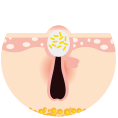
3. Target the inflammation of closed comedones, red spots, cysts, etc.
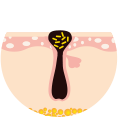
4. Target comedonal lesions (blackheads or whiteheads) with molecules activating skin cell renewal to generate a keratolytic effect.
Oral acne treatments can only be prescribed by a doctor who has evaluated the severity of the acne.
“It should be noted that most treatments are photo-sensitising, i.e. they can cause the skin to react to the sun”.
This means you absolutely must use sun protection when exposed to UV rays. The use of antibiotics for the treatment of acne should be limited to a three-month period.
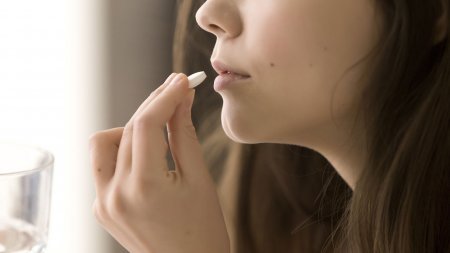
There are many different topical treatments available on the market to treat acne. Some are available over the counter, while others require a medical prescription. Sometimes, the same active ingredients are used but at different concentrations, and the most concentrated formulas are dispensed by prescription only.
First of all, you should keep in mind the importance of adopting a non-comedogenic cleansing and moisturising routine suitable for acne-prone skin.
“Topical treatments generally have one or more targets, depending on the types of lesions observed, and can combine several types of active ingredients”.
Their effects are usually visible after four to six weeks of treatment.
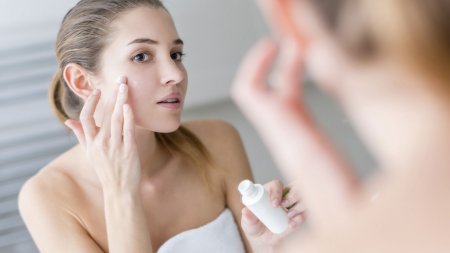
The adverse effects of oral and topical treatments vary significantly depending on the dose, the duration of treatment, and the patient’s personal profile. They can be divided into three main types.
The goal of most treatments is to reduce sebum secretion, so it is logical that they dry out the skin. Over time, there may be irritation and increased sensitivity, sometimes limited to the mucous membranes (lips in particular) and sometimes affecting the entire face.
This is a very common phenomenon with oral isotretinoin. In all cases, it is necessary to counterbalance this dryness through the use of topical moisturising treatments suited to acne-prone skin. They should be non-comedogenic and supply a sufficient amount of fat to nourish the skin without causing new spots.
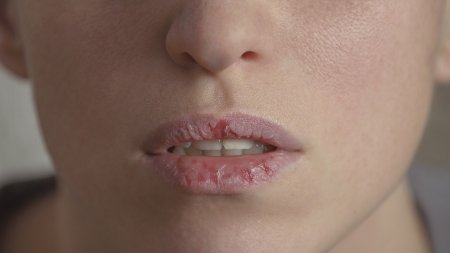
Many acne treatments, especially antibiotics (doxycycline) and isotretinoin, can cause increased sun sensitivity. If taking them in the summer, you must therefore use a non-comedogenic sun protection product.
More broadly, you should be aware that acne treatments dry out the skin and often contribute to thinning of the horny layer. Mechanically, the skin is thus more fragile and more susceptible to sunburn. You are thus advised to apply your treatments in the evening and use a high-protection sun cream as a precautionary measure.

The use of antibiotics as monotherapy for acne, i.e. not in combination with another molecule, can have negative effects on the skin flora if applied topically and on the bacterial flora in general if taken orally.
Moreover, just like other bacteria, the bacterium responsible for acne can become resistant to treatments. Dermatologists currently know that the balance of the microbiome plays a key role in acne, even though this point remains to be clarified.
The current trend is to limit the use of antibiotics to no more than three months.
Treatment efficacy also depends on several factors, such as compliance (whether or not the patient correctly follows his/her doctor’s advice).
Everyone responds differently, and the suitability of the type of treatment chosen can only be evaluated after a period of three months in general. So be patient! You might see initial results after four weeks, but in most cases, it takes at least two months.
To maximise the chances of success, there are two rules to follow: do not expose yourself to the sun without solar protection, and most importantly, do not touch your blemishes. Picking and squeezing contribute to inflammation, since your hands are vectors of bacteria and weakened skin is highly subject to scarring.